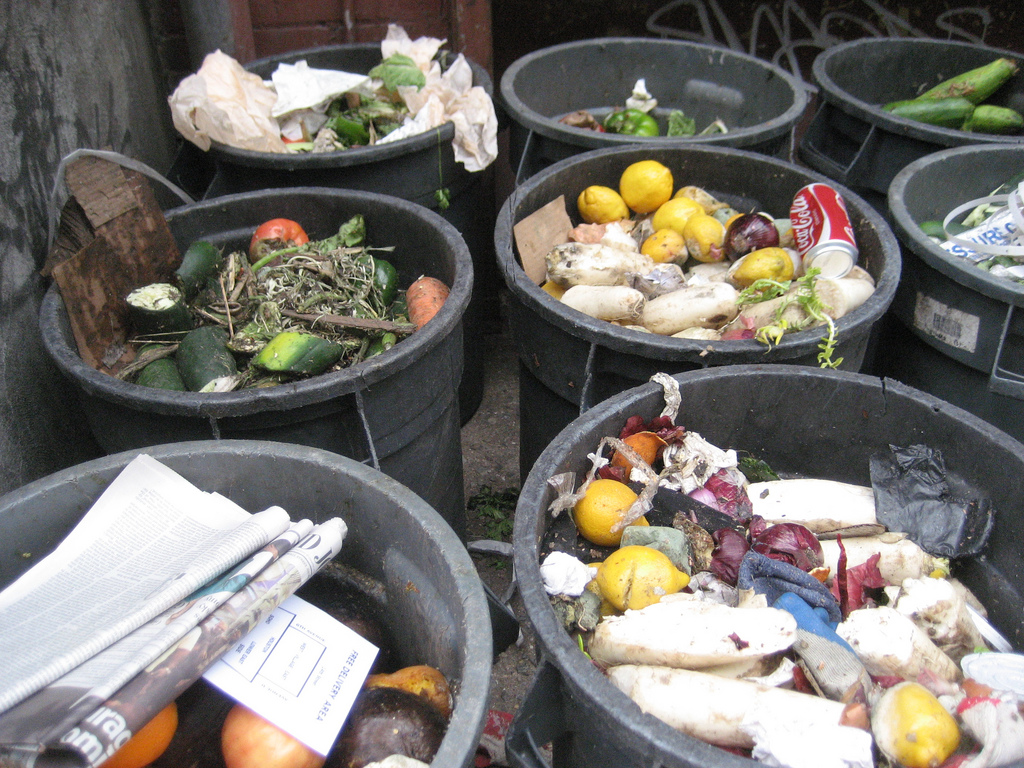New York has now conditionally awarded two offshore wind projects that will move towards operation in 2026. The projects, totaling more than 1,700 megawatts of power, will be the largest power generation projects in New York state in more than 35 years. It is an important milestone toward achieving the state’s goal of developing 9,000 megawatts of offshore wind by 2035.
Empire Wind I, located 15 miles southeast of Long Island, and Sunrise Wind, located more than 30 miles east of the eastern point of Long Island, have already completed most federal and state permitting requirements. Empire Wind I received final approval of their Construction and Operation Plan from the Bureau of Ocean Energy Management in late February.
Both projects are expected to ramp up construction activity this year. Previous awards by NYSERDA for the projects in 2019 included contract provisions for specific economic benefits to New York communities and commitments for purchasing iron and steel from American sources. Empire Wind I is being developed by Equinor, an international energy company headquartered in Norway. Sunrise Wind, originally a joint project by Ørsted and Eversource, is now solely being developed by Ørsted, a global energy company based in Denmark.
Following successful execution of the contracts for the two projects, NYSERDA payments under these awards will only begin once the projects have obtained all required permits and approvals, the construction has been completed, and the projects begin delivering clean energy to New York.
**********
Web Links
New York selects Empire Wind I and Sunrise Wind offshore projects
Photo, posted June 14, 2022, courtesy of Lissa Eng / BOEM via Flickr.
Earth Wise is a production of WAMC Northeast Public Radio










